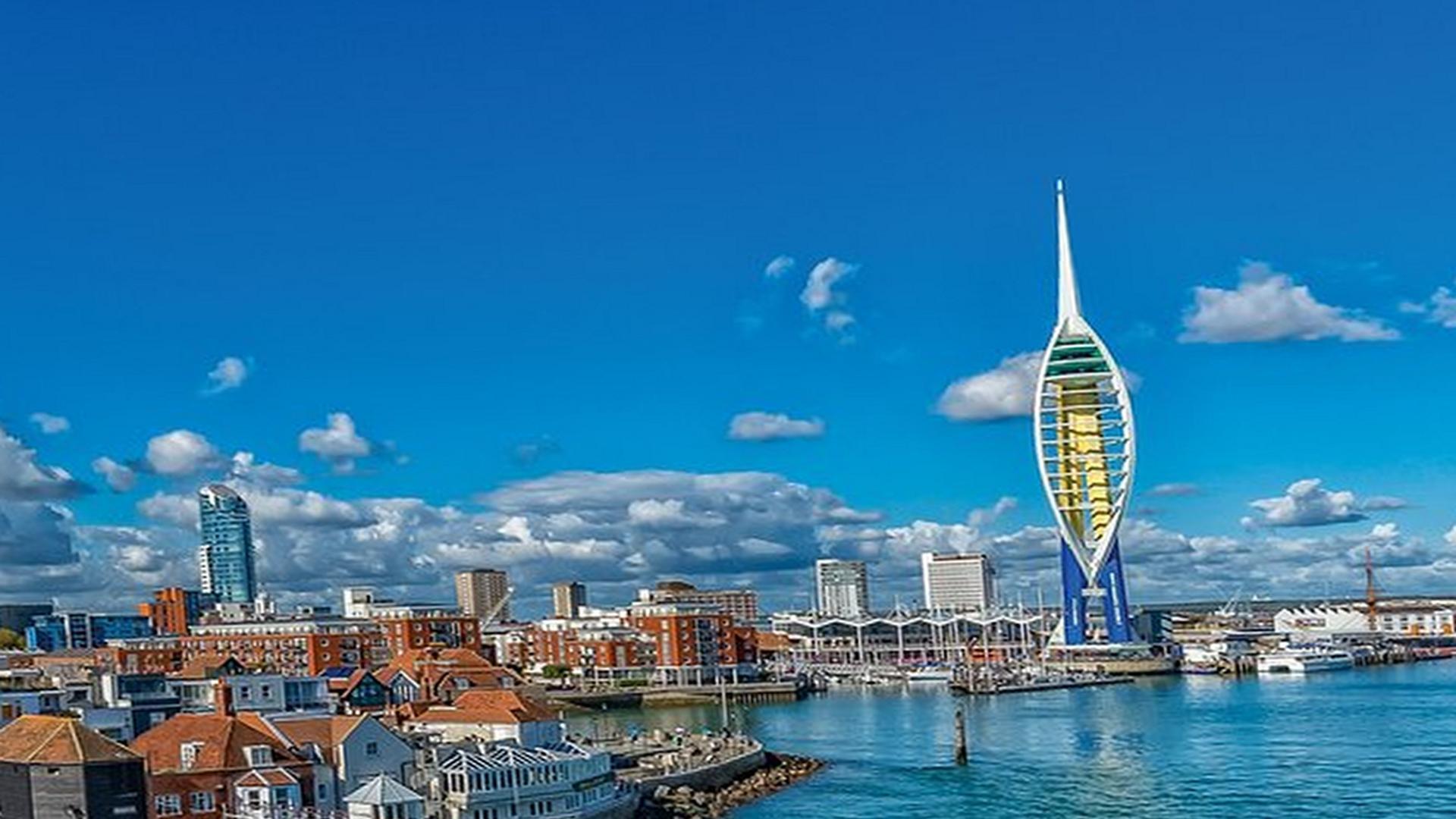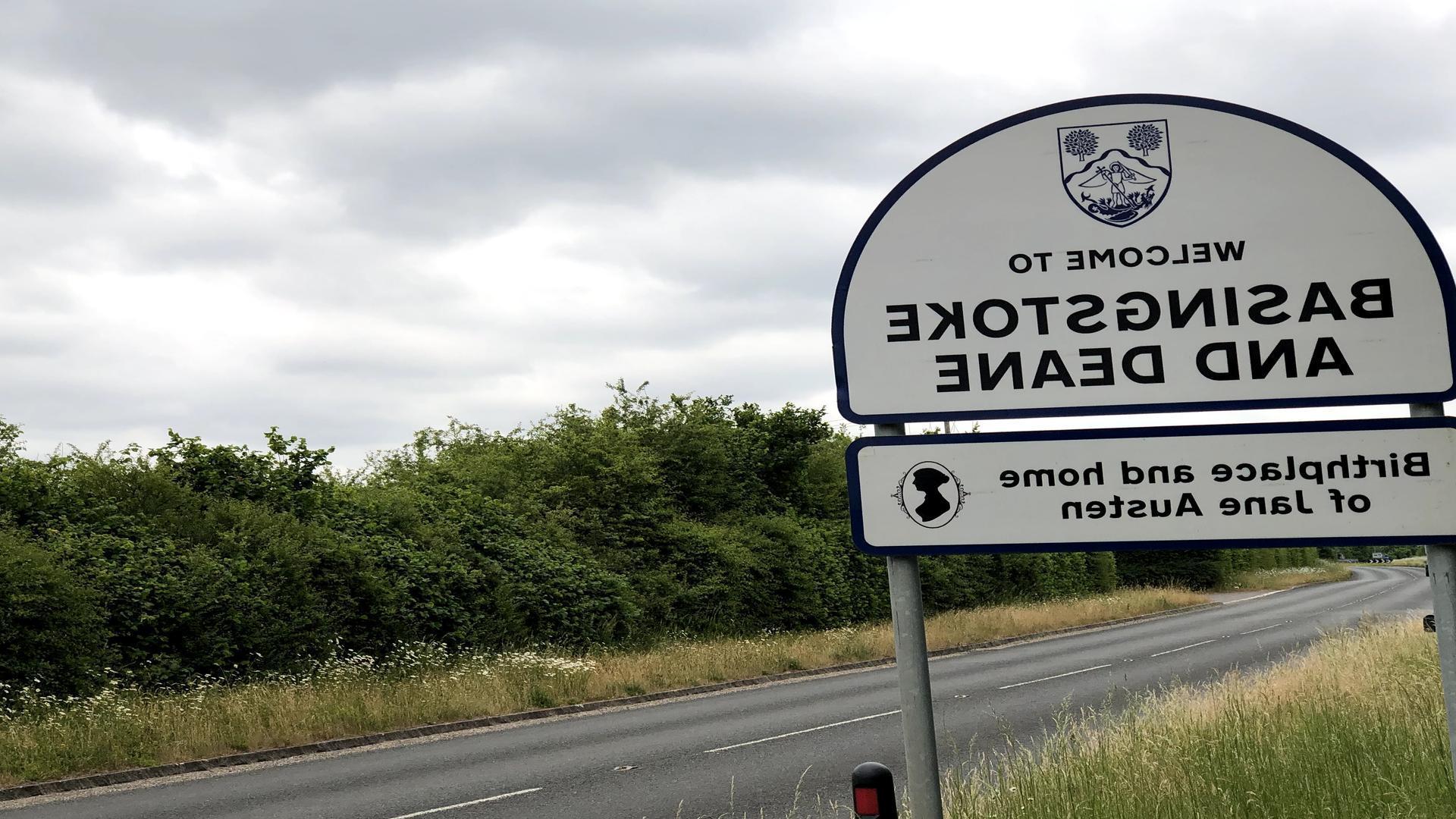Portsmouth
/portsmouth
Government and politics
The city's local government has been through several reorganisations; as a borough, it was represented in the Model Parliament, one of only four cities to be named. The municipal charter granted by Elizabeth I in 1573 was revoked in 1835 and replaced with a more centralised borough charter that incorporated the previous town corporations of Old Portsmouth and Portsea. In 1889, Portsmouth became a county borough. The local authority is Portsmouth City Council. It is currently controlled by the Conservative Party and the Lord Mayor is Cllr Mark Whitby.
The city council was created in 1974 as a district council under the Local Government Act 1972, and became a unitary authority in 1997, Hampshire Local (hampshirelocal.co.uk). The newly formed Portsmouth City Council adopted the official title of Portsmouth City Council on 20 May 2004. Portsmouth is administered by Portsmouth City Council in the Unitary Authority of Portsmouth. The council consists of 45 elected members, 5 from each of 15 wards. The city's mayor is Councillor Donna Jones, a member of the Liberal Democrat Party since January 2017, who was elected for a tenure until 2022 with 28,636 votes.
Southsea
Today, Southsea is a predominantly residential area that contains a wide variety of public and semidetached houses. There are also many hotels, pubs and guest houses which all account for the average daily number of non-residents of the town to double that of residents. The seaside area includes the South Parade Pier, a bandstand and an amusement arcade. The Royal Clarence Hotel is one of the best known landmarks in Southsea, and is one of its oldest buildings having been constructed during the reign of King George III.
Southsea is a seaside resort and residential area at the southern end of Portsea Island. Its name originates from Southsea Castle, a seafront castle built in 1544 by HenryVIII to help defend the Solent and Portsmouth Harbour. The area was developed in 1809 as Croxton Town; by the 1860s, the suburb of Southsea had expanded to provide working-class housing. It continued to grow as a residential area until it was absorbed into Portsmouth in 1920-1922, with the exception of St Thomas'which remained part of Gosport.
A headland known as Shrine Point separates Southsea from the rest of Portsea Island. The area was nicknamed "Shrine" due to the large number of soldiers who returned from the war and had limbs amputated at what is now known as Royal South Hants Hospital. As a result, there are hundreds if not thousands of war-time wooden legs buried beneath the sands just off shore. The promenade between South Parade Pier and Albert Road is one of Portsmouth's tourist areas.
Southsea grew as a fashionable area of largely detached villas with sea views, but already by the start of the 20th century, these were being replaced with blocks of flats; the suburb now has a generally working-class population. In 1894, an electric tram line was built from South Parade Pier to Queen Street Pier. By 1901, this had been extended to reach Eastney; a further extension was constructed in 1905 to reach Rottingdean. The helicopter crew comprises a pilot, co-pilot and one or two medical staff.
Freedom of the City
The first to be named were American officers: Major-General George Washington, Commander in Chief of the Continental Forces and later the first President of the USA, in September 1781. General Washington was then followed by Polish General Tadeusz Kosciuszko in July 1813; Russian Admiral Adam Duncan, 1st Viscount Duncan in October 1825; Field Marshall Arthur Wellesley, 1st Duke of Wellington, British Prime Minister Lord Liverpool, British Ambassador Sir Charles Bagot and Russian Admiral Spiridov in November 1826; Tsar Nicholas I of Russia in June 1827 (the Tsar was an honorary Freeman); Prince Adolphus, Duke of Cambridge (also an honorary Freeman) and French Marshal Marquis de.
The Freedom of the City is a honour bestowed by a municipality upon a valued member of the community, or upon a visiting celebrity or dignitary. In medieval times, King Henry V was famously sworn into office as King of England in 1400 by the Mayor of London in front of St Paul's Cathedral, with an accompanying procession ending at The City of London's guildhall. Either 10 or 20 citizens were appointed to each new Mayor’s ‘Common Council’ as a token of loyalty, and it was a Freedom of the City that John Wilkes wrote about so eloquently in 1763.
The Freedom of the City is an honour bestowed by a municipality upon a valued member of the community, or upon a visiting celebrity or dignitary. In medieval times, this ceremony often involved the drinking of wine. Today, the person honored is normally presented with a commemorative medal, scroll or certificate. The Freedom of the City can also be granted by local authorities to military units which have earned the city's trust. In the city of Portsmouth in the United Kingdom's ceremonial county of Hampshire, the city council grants the Freedom of the City to individuals and units with a special badge and certificate to wear with pride.
In return for this award, the recipients pledge loyalty to the city (and county) in which they have been honoured. The Freedom of the City is an honour bestowed by a municipality upon a valued member of the community, or upon a visiting dignitary. In Canada this honour is held not by towns, but by individuals, and one can receive the freedom of more than one city. A second 'rescue'air ambulance may also be utilised, often carrying a doctor with additional medical supplies and equipment in the event that further assistance is required at the scene of a road traffic accident or major incident.
Norman to Tudor
The early 13th century was a time period of great instability for Portsmouth. The town was raided in 1212 and 1231 by French pirates, and attacked in 1290 and 1296 by the forces of Edward I of England. In 1337, the townsmen suffered from a plague epidemic. In 1401, French raiders captured the town and captured John FitzAlan, the Earl of Arundel, whom they held prisoner there until he was rescued by Sir Robert Harcourt; as a result, Harcourt became governor of Portsmouth just weeks later; his son John served as MP for Portsmouth in 1411 and Member of Parliament for Hampshire in 1421.
The 14th century charter of the Staple Inn, which was once England's most powerful mercantile organization, mentions Portsmouth in passing. The town did not rise to a major maritime or naval center until the reign of Henry VIII (1491–1547). Basing his flagship Henri Grâce à Dieu (popularly known as "Great Harry") at Portsmouth, Henry played an important role in English foreign trade and established a useful base for exploring the New World; for these reasons, Portsmouth was designated by Parliament in 1567 as one of the original dockyards for the Royal Navy, now moved to nearby HMNB Portsmouth.
Portsmouth's first charter was granted by King Richard I in 1194. In this charter, Portsmouth is described as Portesmūða, meaning a "mouth of the stream behind the wood". The city received a royal charter in 1204, though it continued to exist as a borough until 1974. Portsmouth Castle, which sits on Portsea Island next to Portsmouth Harbour, was built on the orders of King Henry III in 1212. When he allowed the town to establish a form of local government in 1231, it became the Borough of Portsmouth.
Climate
The summer months of July and August have a typical maximum temperature of 21C (70F), and the average minimum temperature is 13C (55F). The highest recorded temperature was 31. 6C (88F) during the August 2003 heatwave across Europe, where Portsmouth recorded a maximum of 31. 3C (88. 3F). Some sunshine statistics are that Portsmouth receives 1,954 hours of sunshine per annum; based on a calculation from Met Office 50 year averages for the period 1961-1990, it is sunnier than London but slightly less than Southampton, although actual figures do vary from year to year.
Portsmouth's climate is milder than that of central southern England and much warmer than that of the rest of the UK. It is among the sunniest and driest cities in the UK and receives on average 14 hours of sunshine a day. Winter daytime temperatures are little different from those further inland, being slightly colder for only two months, December and January, when frosts are possible. The summer months are more temperate than elsewhere because of its oceanic setting.
Buses
There is an active movement to promote cycling in Portsmouth, citing improved health and reduced pollution as motives. The city council aims to increase its modal share of cycling from the present 1% to 3%. To improve this, the council has completed Route 23 of the National Cycle Network, a cycle route along the Westgate Road, which connects cyclists from Southsea and Eastney (the areas with the most modal share) into the City Centre via Surrey Street Cycle Track and Guildhall Square.
Buses in Portsmouth are operated by several different companies. All of them serve the bus station in Commercial Road. The main operators are Go-Ahead Group (First Hampshire & Dorset and Stagecoach South), who share over 50% of the local bus market between them. Other services provided include Wilts & Dorset and the X11 service between Portsmouth and Chichester with intermediate stops, operated by Compass Travel. A major city bus terminus is located on Commercial Road, outside the railway station.
Regional services are generally operated by Stagecoach and go to destinations all over South Hampshire such as Eastleigh and Fareham. National express coach services are provided by National Express contract bus-operating partners, including Oxford Bus Company, Stagecoach South, Travel Bristol and Wilts & Dorset. Regular buses run to many towns outside the city, and are operated by Stagecoach. The Waterbus bus service links the Historic Dockyard with Gunwharf Quays, offering a waterborne link from there into the city centre.
Buses to Gosport or Fareham are usually quicker and more convenient than the hovercraft. Local bus services are provided by Stagecoach South and First Hampshire & Dorset to the city and its surrounding towns. Hovertravel and Stagecoach operate a Hoverbus service from the city centre to Southsea Hovercraft Terminal and the Hard Interchange, near the seafront. The likely reason for the de Gisors interest in Portsmouth was its sheltered location. The River Solent, close to Portsmouth Harbour, provided a safe anchorage for trading vessels.
Railways
Trains connect Portsmouth to London Waterloo, via Woking and Basingstoke on the Portsmouth Direct Line. The vast majority of trains are operated by South West Trains, with CrossCountry operating services to Birmingham New Street on a daily basis in addition to its northbound service. The two terminus stations are Hilsea and Portsmouth & Southsea. Portsea Island is linked to the mainland by the Southern Main Line as far as Fratton, after which there is just one line that runs via Hilsea to Portsmouth Harbour and separate spur lines going directly to Portsmouth & Southsea station for the ferry service.
Hilsea station is also a hub for Great Western Railway services from. The main station in the city centre is Portsmouth & Southsea, which acts as an important hub for local and regional services. The station, the second busiest in Britain outside London, is managed by South West Trains, and provides direct services to Gatwick Airport, Reading, Basingstoke, Brockenhurst and several seaside resorts on the south coast. It is also served by Great Western Railway.
There are no railways in Portsmouth itself (Portsmouth Harbour station being about 500 m outside the city boundary), despite previous schemes dating from 1845. The Hampshire & Dorset Railway reached Southampton and Bournemouth in 1847. The London & South Western Railway reached Fareham in 1856 and was extended to Weymouth via moving on to the Portsmouth Direct Line in 1886/8. There are four railway stations within the city limits. Portsmouth & Southsea Station is in Southsea on the south coast, while Fratton and Hilsea are on the west and east sides of the city centre respectively, serving both terminals of ferry services to the Isle of Wight, Gosport and other towns on the south coast (including Ryde, Southampton, Brighton and Bournemouth).
Air
The nearest major airport is Southampton Airport in Eastleigh, which has scheduled services to destinations in Europe, as well as domestic scheduled flights within the UK provided by Flybe, and a few charter flights from Eastern Europe during the winter. There are also plans for a new runway to be built at Southampton. The next closest major airports include Bournemouth Airport (33 miles away or about 60km), Bristol Airport (34. 7 miles or about 63km), Exeter International Airport (35.
Future plans
When I moved into the area there were plans for a light-rail system. I was very excited by this and it remained my preferred method of transport – had a feasibility been approved and construction begun soon afterwards, within three or four years I could have been comfortably commuting to work at the Portsmouth Naval Base. Light rail is an excellent method of getting around on a small scale. I wish more places considered it, and hope Gosport might get another chance in the future.
The city is situated next to the M3, A3 and A31 trunk roads. Portsmouth Harbour railway station on the South Western Main Line provides frequent services to London Waterloo station, Southampton Central station, and the suburbs of Bournemouth, Poole and Fareham. Local and regional buses provide services within the city including some to Gosport, Fareham, Portchester, Southsea and other coastal towns. For connections to nearby major towns a change of bus or train is required.
In March 2006 a report on the new public transport was presented to the council. It recommended that the light-rail link to Gosport be replaced with a bus service. This was approved by the council in June 2006. Mention of monorail systems disappeared from the plan along with all public transport schemes; instead, there were proposals for car parks near stations to accommodate those willing to drive to the stations. Phase one of the project was to include a new station in central Gosport, close to the High Street and adjacent to a new cruise liner terminal.
The second stage would have included a link to Fareham and an extension of the Gosport Ferry. The planned sites for both stations are currently being used as car parks. In December 2006 it was announced that a light rail link to Gosport would now not go ahead, as too few people used it and the costs were prohibitive. Although Fareham Borough Council has kept the door open for further discussions at a later date, there were no plans to proceed by 2011.



